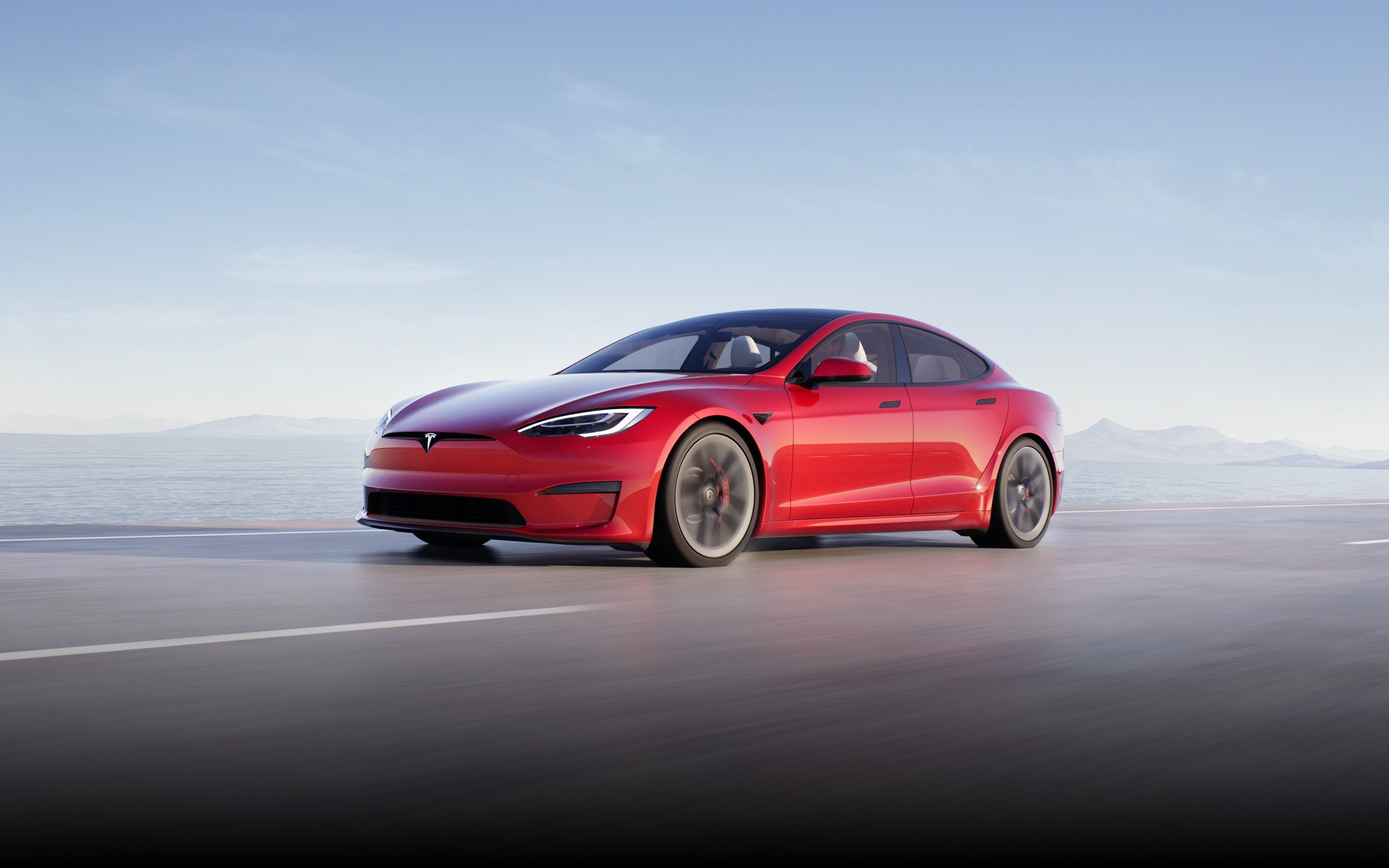
A hacker with a history of unveiling new Tesla features has discovered the EV automaker has been, very quietly, monitoring the yawning and eye blinking rate of drivers in order to calculate how drowsy a driver is becoming.
The hacker, known as Green, revealed this information via Twitter.
"Looks like Tesla is planning a big boost to (camera based) driver monitoring. They are now tracking additional things like how many yawns the driver had recently, how many blinks and how long they were, leaning. All this is to calculate how drowsy the driver is," the post states.
That cabin-facing camera is located directly above the rearview mirror. Interestingly, the monitoring of the driver takes place not only when drivers have engaged Autopilot or Full Self-Driving Beta, but also in regular driving situations.
As some of the responses to the tweet have suggested, the fact that drivers are being monitored without their knowledge is concerning but not surprising.
"But it also looks like they are planning to apply this even when not on AP (which is a very right move!) by seeing how well centered the driving is, how many lane keep assist warnings and corrections happened lately." It's fair to assume this monitoring is happening for all Tesla owners, regardless of whether they're driving a fully-loaded Model S Plaid or the cheapest Model 3.
Now that it's known Tesla is monitoring drivers like this, the question is what it aims to do with this data. Chances are it will, at least initially, simply study the information before making any software changes.
In the past, Tesla did not appear to be interested in monitoring drivers in this fashion because it was more focused on developing Level 4 and 5 self-driving.
Autopilot and FSD are both rated at Level 2, meaning drivers must always be watching the road and be prepared to assume control of the vehicle at any time.
This yawning and eye blink monitoring could be a sign the automaker is stepping back from those more advanced self-driving levels and focusing more on improving its Level 2 and 3 software. Unfortunately, it's impossible to seek comment from Tesla because it shuttered its media relations department a few years ago.
Despite some expected controversy, we think this is a smart move on Tesla's part. Acquiring data such as this can help improve those existing self-driving systems because driver fatigue remains a serious problem.
According to the Centers for Disease Control and Prevention, about 1 in 25 adult drivers have reported falling asleep while driving in the previous 30 days, and many more have admitted driving when they were sleep-deprived.
